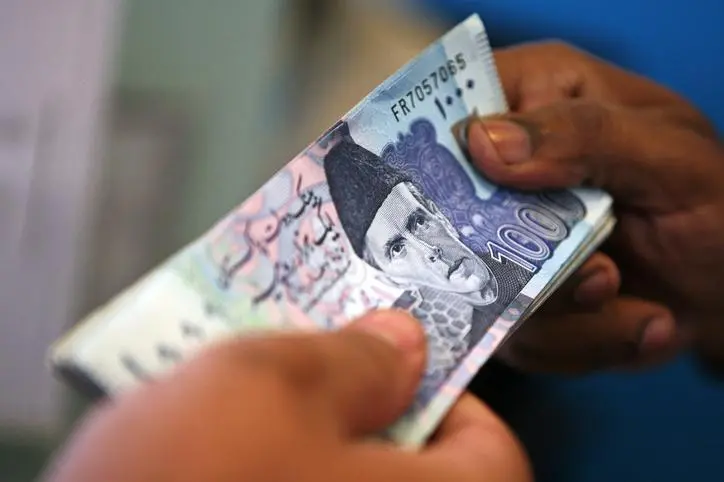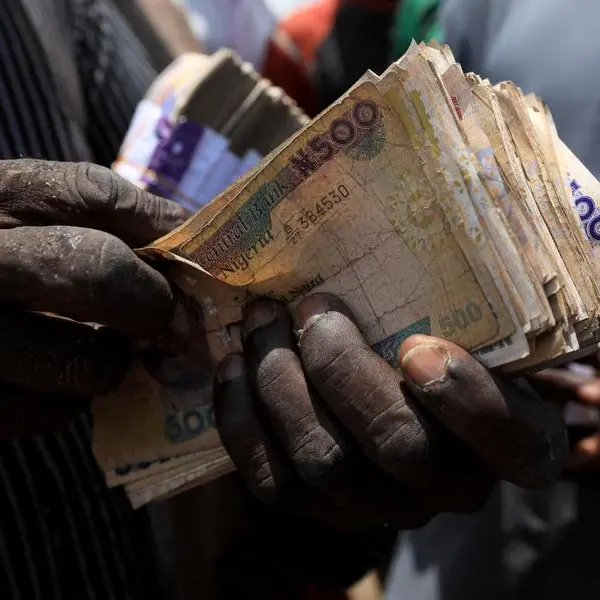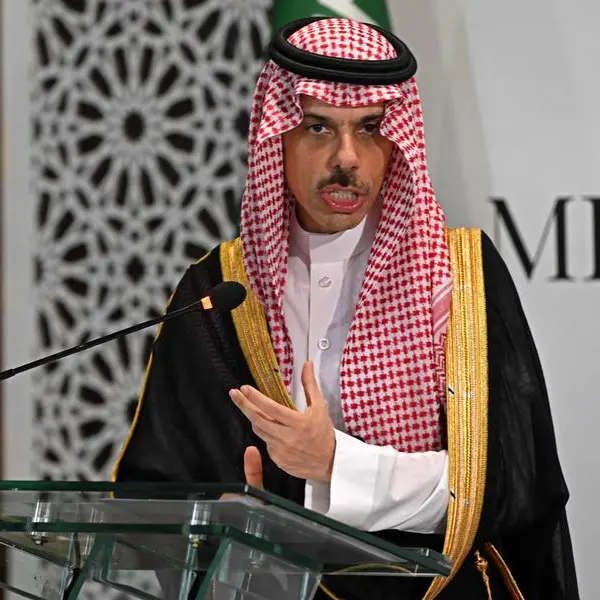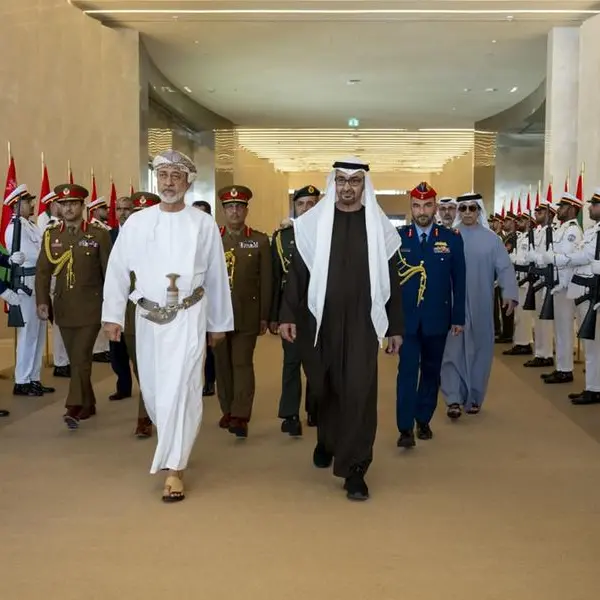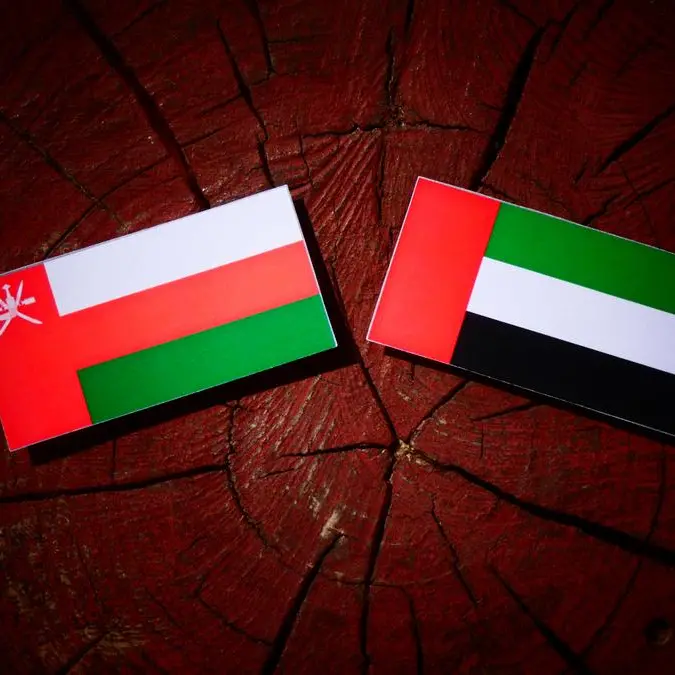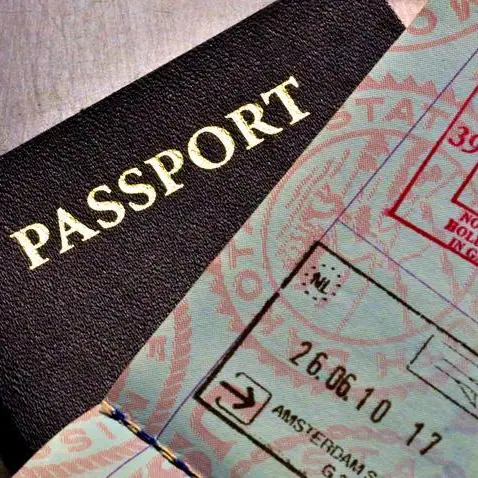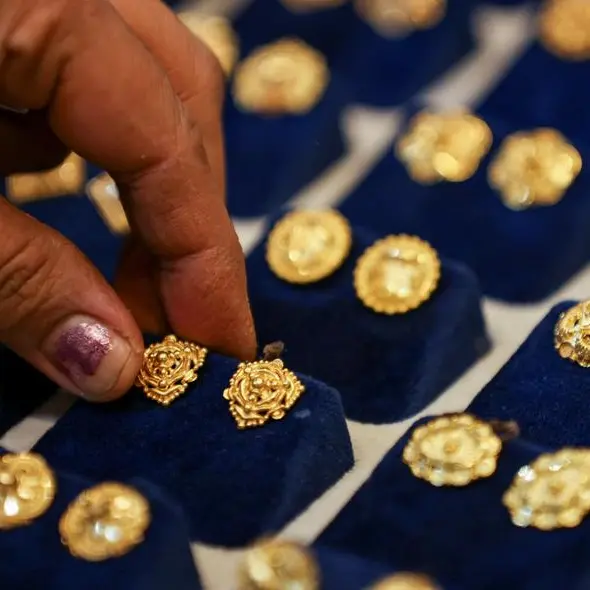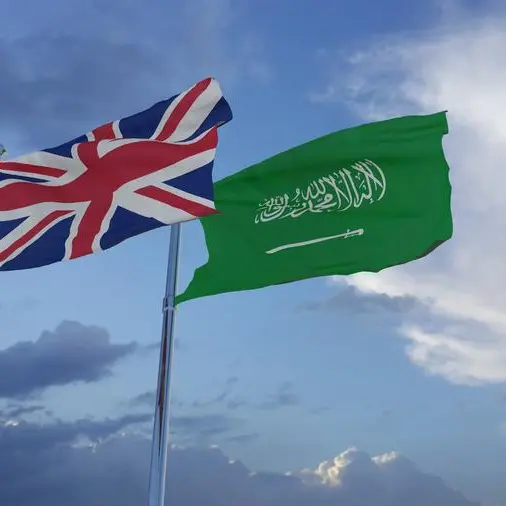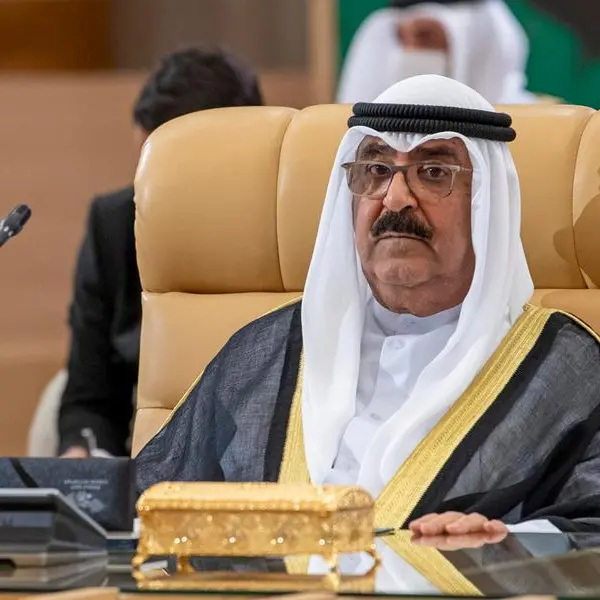PHOTO
The Pakistani rupee, which has been consistently on a downward trend and has lost nearly 7 per cent his month, will weaken further in the second half of 2019 and test new lows due to weaker exporters, non-intervention of the central bank and a weakening ability of Islamabad to repay debts.
Analysts expect that the rupee will test the next barrier of 45 against the UAE dirham in the near future, which will result in increased remittances from the UAE.
It is believed that the weaker rupee will benefit overseas Pakistanis working in the UAE and other countries as they will be able to remit more money. In addition, a weaker rupee will also increase the buying power of overseas Pakistanis when it comes to investing or buying properties back home.
"The upee is now trading at 41.10 versus the dirham or 151 against the greenback, and during the second half of 2019 it is expected to decline further to 42.50 per dirham," said Rajiv Raipancholia, CEO of Orient Exchange.
"The State Bank of Pakistan has allowed free movement of the currency against US dollar. The value of the rupee will be decided according to its fundamentals. This was one of the IMF bailout conditions to have a market-based exchange rate mechanism," he said.
"The depreciation of the rupee would increase the country's competitiveness and exports from Pakistan would become cheaper. But the pace at which the rupee is depreciating will have a major effect on inflation levels in Pakistan. No doubt you will be remitting more rupees for the same amount of dirhams. Would this be a real benefit for overseas Pakistani expatriates? I doubt very much as here we need to compare the rate of inflation against the depreciation of the currency."
Asif Malik, a businessman, said the rupee's decline is good for UAE-based businessmen because its weakness will make imports cheaper from Pakistan.
"We import vegetables and fruits and other food items from some of the major cities in Pakistan. Even after inflation adjustment, prices are almost still the same but we are sending less dirhams now to purchase stuff from there," said Malik.
Tanvir Usman, a Sharjah resident for over 10 years, said though the devaluation of the rupee will increase inflation in Pakistan, at the same time it is good news for the expats residing in the UAE.
"There are reports in the media that it may further go up to Rs46 againt the UAE dirham, which means if one remits Dh1,000, a decent amount of Rs46,000 will be received there. That amount is enough to run a middle-class household in Pakistan," Usman said.
"Even an amount of Dh500 [which is equivalent to over Rs20,000] can be enough for a families residing in rural areas. In my view, expats will get the chance to save more and their buying power will improve," he added.
Adeeb Ahamed, managing director of Lulu Financial Group, noted that unless some concrete steps are taken to gear up exports and concrete plans are drawn to repay debts, the fall is inevitable. "We feel that the rupee might test 162 against the US dollar, thereby testing 44 against the UAE dirham in the second half of 2019," he said.
"High-volume transactions are prevalent when the rupee goes down with remittances being done by people who hold back their money looking for better returns. Furthermore, we could witness a surge in remittances in the run-up to Eid, as a lot of people send money home to celebrate the festival. In fact, we expect a surge towards Pakistan and its neighbouring countries over the coming days, preferably at the end of the month, as it nears Eid," said Ahamed.
Jameel Ahmed, global head of currency strategy and market research at FXTM, said the run of problems that stretch across the finances of Pakistan are endless, and there truly is no ceiling when it comes to speculating how much lower the Pakistani rupee could fall.
"The currency has been reaching milestone record-lows against the dollar throughout the past year and the slide in the currency close to seven per cent this month is nothing new for the rupee," he said.
"The state of domestic finances and how Pakistan will be able to repay its debts is the major theme that investors will continue to monitor over the second half of 2019. It doesn't help the currency that the dollar remains at historically high levels but this is a theme that is broadly stretching throughout emerging markets globally," Ahmed said.
Copyright © 2019 Khaleej Times. All Rights Reserved. Provided by SyndiGate Media Inc. (Syndigate.info).
